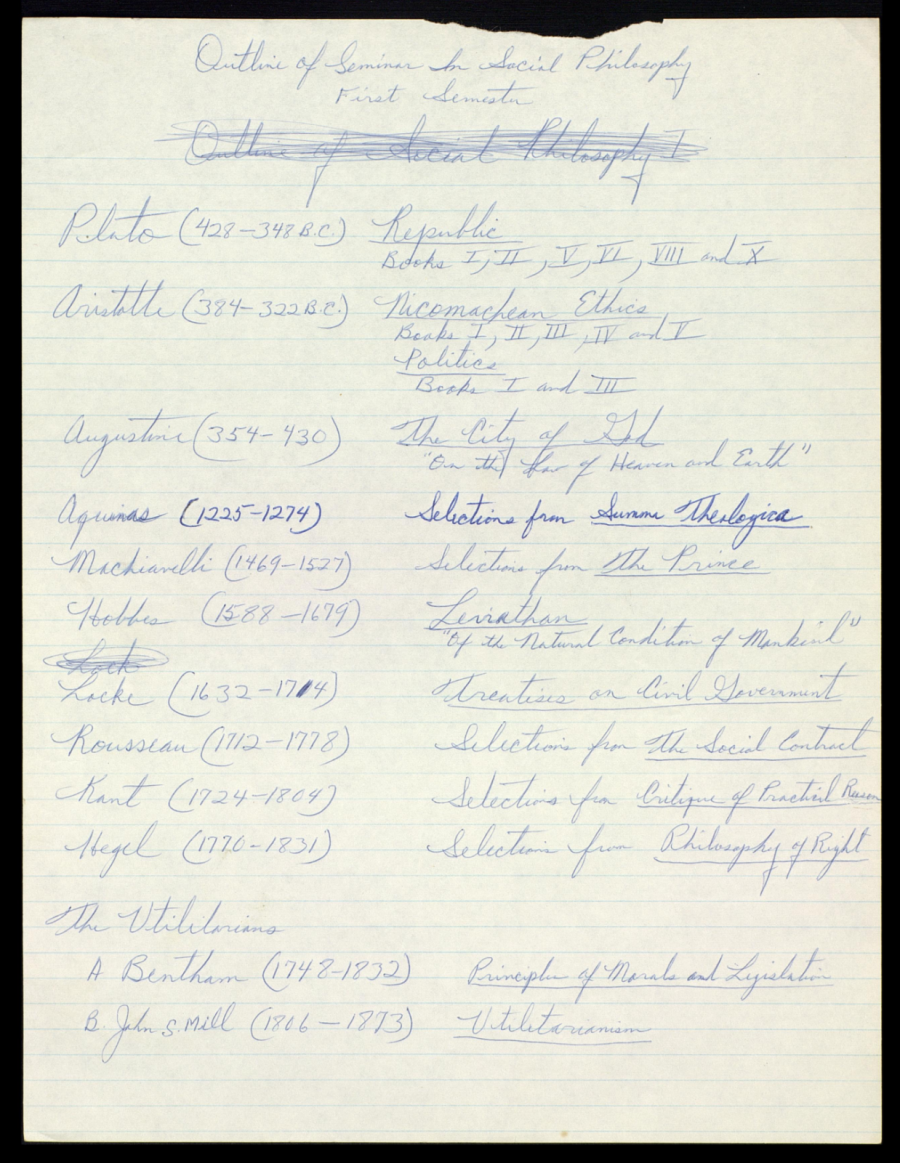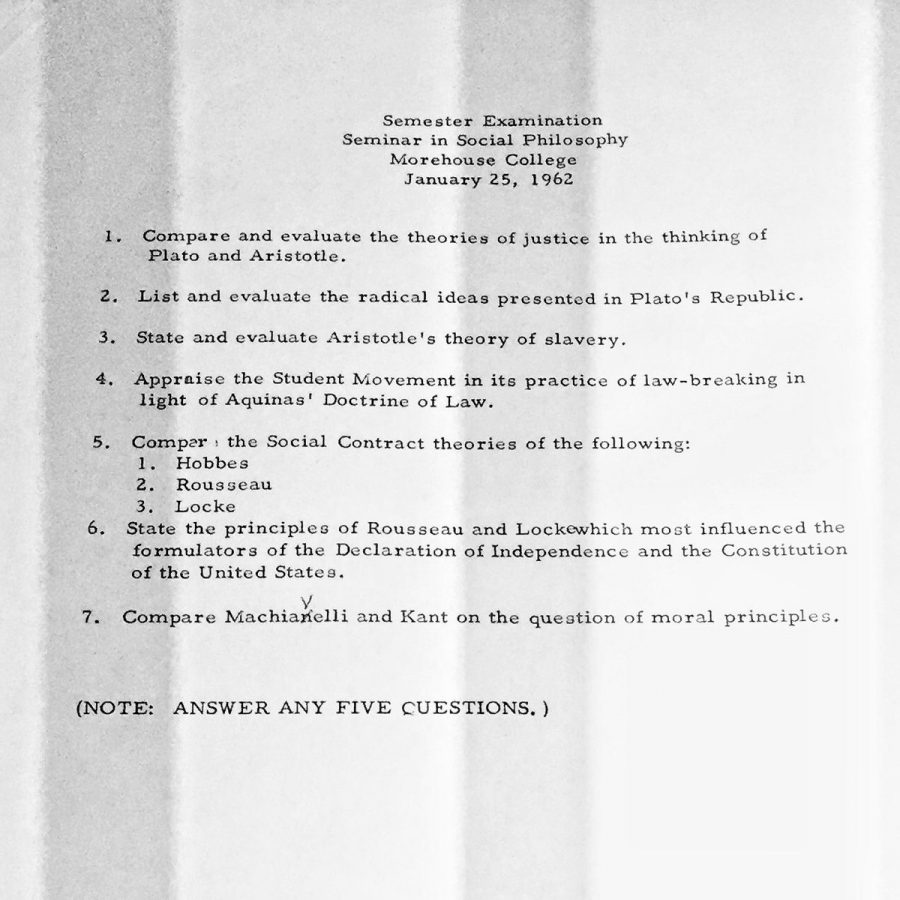This week, the artificial intelligence community Botnik published a 2018 Coachella Lineup poster composed entirely of performer names generated by neural networks. It does get one wondering what the music of “Lil Hack,” “House of the Gavins,” or “Paper Cop” might sound like — or, given the direction of technology these days, how long it will take before another neural network can actually compose it. But why use AI to create yet another millennial-minded Coachella act, you might ask, when it could create another Johann Sebastian Bach?
“One form of music that Bach excelled in was a type of polyphonic hymn known as a chorale cantata,” says the MIT Technology Review. “The composer starts with a well-known tune which is sung by the soprano and then composes three harmonies sung by the alto, tenor, and bass voices.” Such compositions “have attracted computer scientists because the process of producing them is step-like and algorithmic. But doing this well is also hard because of the delicate interplay between harmony and melody.” Hence the fascination of the question of whether a computer could ever compose a truly Bach-like chorale.
The video at the top of the post offers a listening experience that points toward an answer. The minute-long piece you hear, and whose score you see, comes not from Bach himself, nor from any human Bach imitator, but from a neural network called DeepBach, a system developed by Gaetan Hadjeres and Francois Pachet at the Sony Computer Science Laboratories in Paris.
Like any such deep learning system, the more existing material it has to “learn” from, the more convincing a product it can produce on its own: just as Botnik’s network could learn from all the band names featured on Coachella posters since 1999, DeepBach could learn from the more than 300 short chorale compositions the real Bach wrote in his lifetime.
“About half the time,” says the MIT Technology Review, “these compositions fool human experts into thinking they were actually written by Bach.” But of course, this sort of artificial intelligence has a greater and more diverse potential than tricking its listeners, as other experiments at Sony CSL-Paris suggest: the AI-composed “Beatles” song “Daddy’s Car,” for instance, or the “Flow Machine” that re-interprets Beethoven’s “Ode to Joy” in the style of the Beatles, Take 6, and even electronic lounge music. But we won’t know the technology has matured until the day we find ourselves booking tickets for artificial intelligence-composed music festivals.
Related Content:
Artificial Intelligence Program Tries to Write a Beatles Song: Listen to “Daddy’s Car”
Neural Networks for Machine Learning: A Free Online Course
Based in Seoul, Colin Marshall writes and broadcasts on cities and culture. His projects include the book The Stateless City: a Walk through 21st-Century Los Angeles and the video series The City in Cinema. Follow him on Twitter at @colinmarshall or on Facebook.

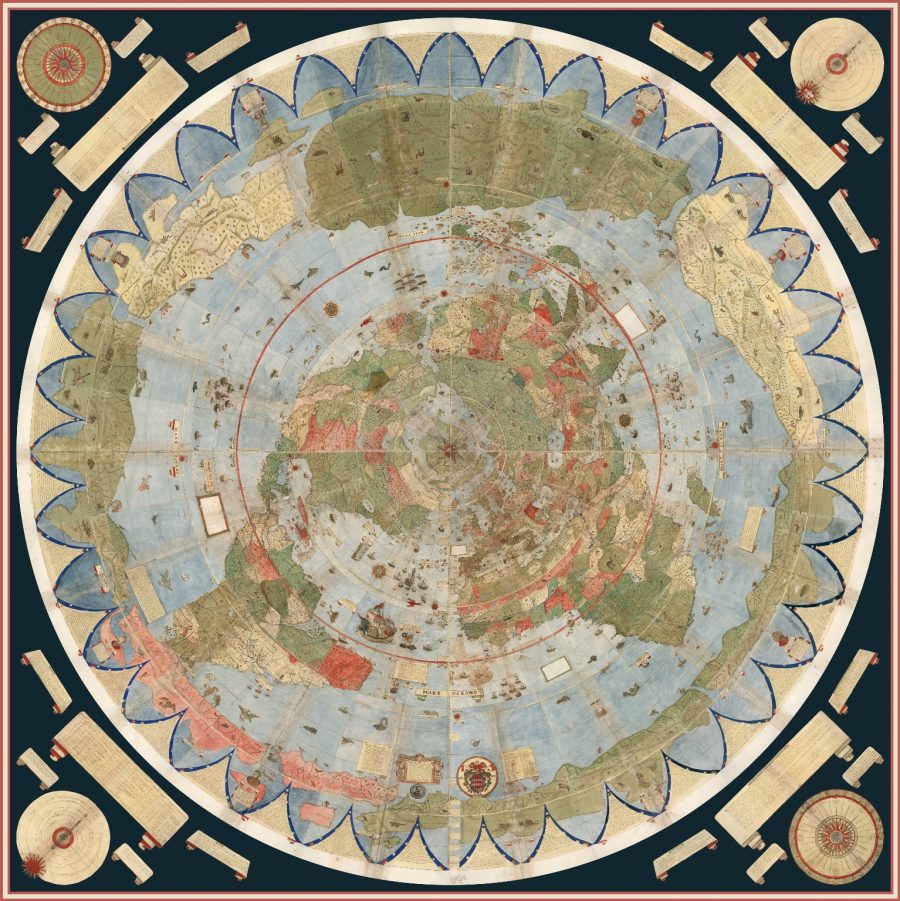
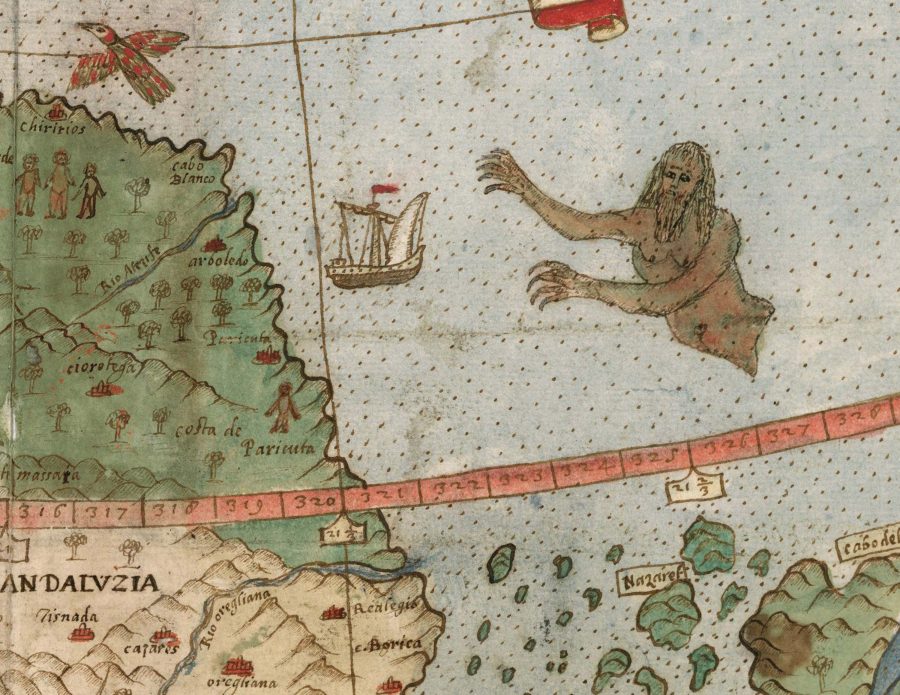
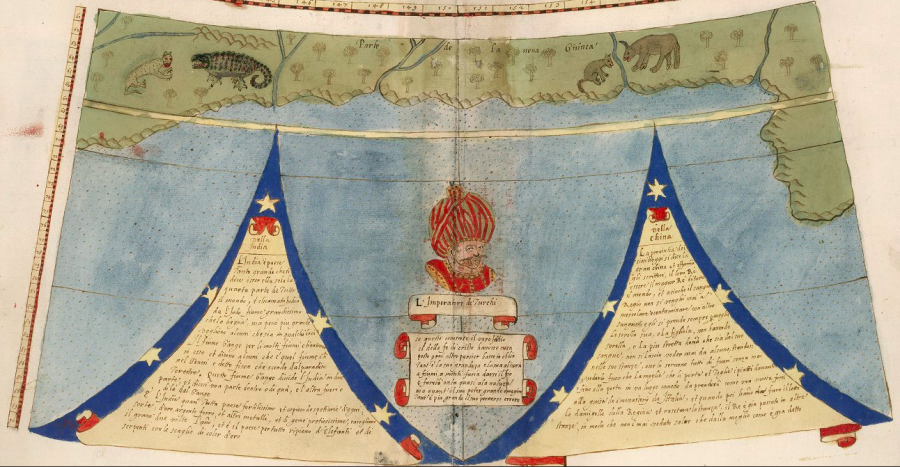
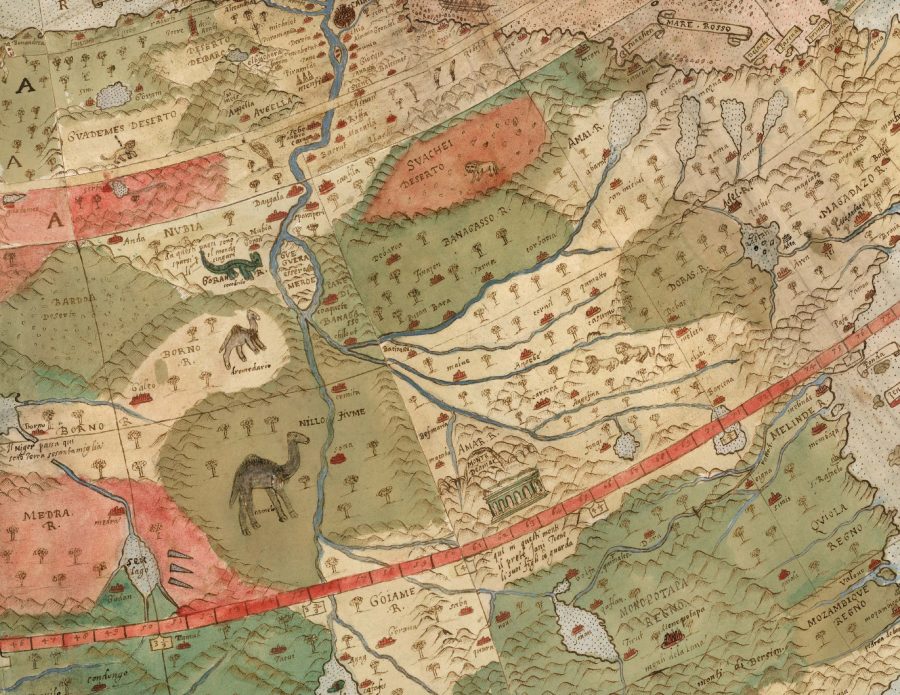
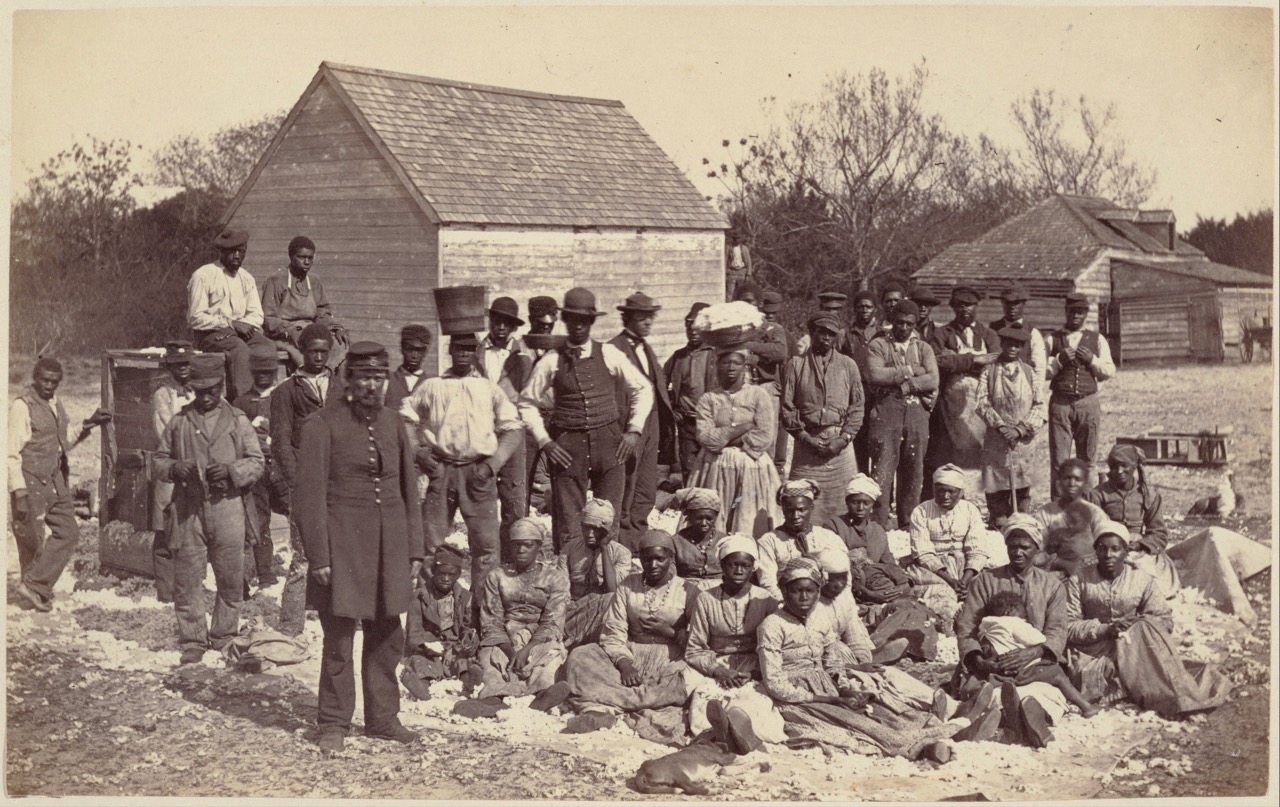
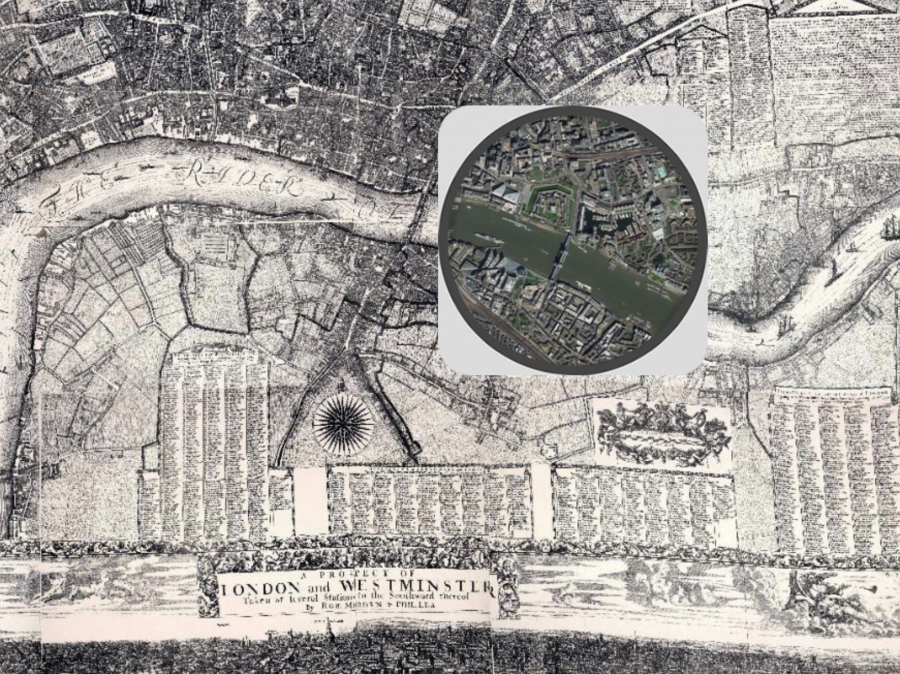 er
er